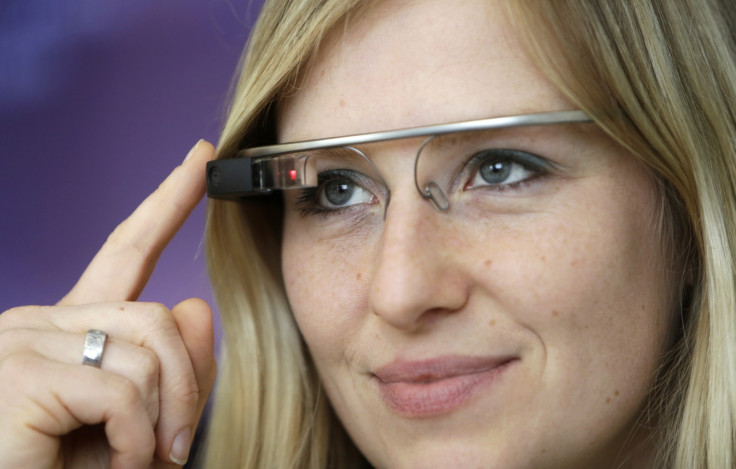Flops from Apple, Google and Nokia feature in new Museum of Failure
The Apple Newton PDA, Nokia N-Gage gaming phone and Google Glass among high-profile tech failures.

Google Glass and Apple's first attempt at a tablet are two of the most high-profile products to appear in a new Swedish museum dedicated to failure.
Called, fittingly, the Museum of Failure, the new exhibition opens in Helsingborg, Sweden in June and was curated by psychologist Samuel West.
Although products as diverse as Harley-Davidson perfume, coffee-flavoured Coke and a beef lasagne sold by Colgate are also on display, some of the most recognisable flops comes from the world's largest technology companies.
Sitting pride of place in the technology section is Google Glass, the £1,000 wearable which projected a simple user interface into the owner's eye and included a forward-facing camera, earpiece and voice controls. But poor battery life, a high price, limited functionality, a display that was tough to see in bright sunlight, and privacy concerns over the camera meant Glass' life was short-lived.
Joining Glass is the Apple Newton, an early-Nineties personal assistant with a touch screen and which could be seen as the grandfather of today's iPhone and iPad. But a high price of $700 (£550) and issues with the Newton's ability to understand words scribbled onto its screen with a stylus meant it was killed after just five years.
West told The Smithsonian Magazine: "I got tired of all of this glorifying of success, especially within the domain of innovation where 80 to 90 percent of all projects fail...there are big companies [featured in the museum], enormous resources and competence. Despite this, they fail and it is not often apparent why they fail until afterwards...I could open a whole museum with only smartphones."

Also featuring in failure's hall of technological fame is the Nokia N-Gage, a mobile phone launched in 2003 which combined phone calls and text messages with handheld gaming. But being shaped like a video game controller meant the N-Gage was uncomfortable to use as a phone, while the keypad and phone-specific buttons didn't lend themselves to gaming.
An unidentified Kodak digital camera also made the failure grade, along with Sony's infamous Betamax home video system, which despite offering higher quality was forced out of existence by JVC and its VHS system.
The museum opens on 7 June, is free to enter and is open between midday and 6pm Tuesday-Saturday every week.
© Copyright IBTimes 2025. All rights reserved.





















